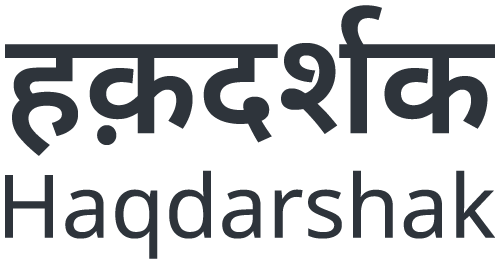Scheme Saturation: Field Insights from Our Work

By Piyusha V
01 / Introduction
Social protection schemes face significant delivery gaps across the country. At a local level, disproportionate dissemination of information means well-connected areas are often the first to receive benefits. Remote areas, on the other hand, often see low enrolment across schemes, leading to underutilisation of the budget allocated to these schemes.1 One’s demographic details, like caste, income, and occupation, also impact their access to social protection.2 A saturation approach can be a potential equaliser, eliminating the diverse challenges citizens across social positions experience in accessing schemes.
Saturating a scheme involves delivering its benefits to the maximum number of eligible citizens within a concentrated region, with the aim of attaining significant gains across one or more regional development indicators.
For example, in early 2021, 19,535 villages across the country were declared Sampoorna Sukanya Grams, meaning all the eligible girl children in these villages were enrolled in a Sukanya Samriddhi account.3 In an attempt to promote scheme saturation, the nationwide Viksit Bharat Sankalp Yatra drive began in November 2023.
A systematic inter-stakeholder partnerships-oriented approach to delivering scheme applications is essential to achieve on-ground scheme saturation. Over the last 8 years, our field teams have deployed diverse strategies, including the saturation approach, to deliver social protection programs. We reached out to the team to understand the successes and challenges of this approach.
02 / Drivers for Scheme Saturation
A 2023 Niti Aayog compendium of best welfare practices underscores the importance of bringing together relevant government departments and ground-level players to effectively saturate a district with schemes.4
For most of 2023, Raju Gagiya, a Haqdarshak field team member, worked in the Dang district of Gujarat.5 The district has a high concentration of Scheduled Tribes and is one of the most remote regions in the country. Most villages in Dang severely lag in scheme and documentation penetration. In one such hamlet, Chinchpada, over 70% of residents did not have an Ayushman Bharat Card.
Working with ASHA workers, Raju secured a list of villagers and their household and scheme enrolment details, allowing him to rule out ineligible residents.
Raju held camps and successfully enrolled the remaining residents in the Ayushman Bharat Yojana (100 residents were not in the village or had complications in documentation that could not be resolved immediately).
Raju says, “Government liaising and the assistance of ASHA workers were crucial in ensuring a maximum number of citizens benefitted. Besides letting me work in the field, the officials also gave me an Operator ID, which permitted me to make decisions regarding the biometric ambiguities I faced while enrolling villagers for Ayushman Bharat. Otherwise, such a matter needs to be escalated to officials right up to Gandhinagar and would have meant at least a month-long delay in receiving approvals. This way, I was able to fully process the majority of applications.”
03 / Government-Sponsored Schemes
A systematic approach to creating a cumulative impact against a specific development indicator can have significant benefits.
- Citizen Empowerment: Focusing on a singular region could translate into a sustained discussion within a community on the details of a scheme, which increases the likelihood the community will retain important details. Our experience has also shown that empowerment in one region opens up a strong opportunity for neighbouring communities to learn more about social protection schemes.
- Reduction of Social Discrimination: Striving to reach the last person to deliver welfare benefits could minimise the exclusion of marginalised communities from receiving social protection benefits by reducing asymmetries of access to information and services. In many villages, it is common to find that wealthier, more privileged, or politically well-connected families learn about and apply for schemes before anyone else does.
- Increase in Convergence between Government Departments: As saturation is usually a targeted exercise planned to be achieved within a fixed period, carrying out large-scale applications requires different departments to come together to get permissions and approvals. As a result, work at the local level moves more smoothly. For example, at a scheme level, converging PM Awas Yojana (a housing scheme) applications with PM Ujjwala Yojana (a cooking fuel subsidy) applications can make the impact multidimensional.
The Viksit Bharat Sankalp Yatra has demonstrated success in enrolling large proportions of the population — it organised camps across 2.6 lakh Gram Panchayats and over 21,564 urban locations where citizens could benefit from multiple schemes and documents at once. This approach has helped the campaign reach out to more than 19 crore participants in over 4 months.6
04 / Beyond Saturation
Despite its effectiveness, scheme saturation is not a foolproof mechanism for increasing scheme enrolment. The demands of a region are usually dynamic.
In 2022–23, our team in Taranagar – a village in Bellary, Karnataka, with a population of around 6,000 – worked to close gaps in the possession of Kutumba ID, a critical identifier for resident families in the state. Only families without a Ration Card are eligible for this ID, so it was a key document to access other scheme benefits. The team focused on Kutumba ID enrolment and made 227 IDs in 15 days.
Deepali Vashist, an intern at Haqdarshak, explained that working in this area revealed that easy access to scheme and document information is critical to sustaining saturation, i.e., to close the ‘knowing and enrolling’ gap.
Incomplete knowledge of the application process and inaccessibility to government officials deter many citizens from applying for schemes, despite being aware of them. At the encouragement of an Anganwadi worker in the village, our team disseminated information on the utility of Kutumba ID repeatedly so that people retain the information.
Sometimes, complete saturation is difficult to achieve. This can be due to the difficulties in accessing essential documentation, outmigration, or on some occasions, the unwillingness of citizens to avail benefits from the State.
05 / Conclusion
The effective government liaising capacities of Haqdarshak’s field teams have been central to delivering more than INR 17,000 crore worth of benefits for diverse schemes, including formal loans for micro- and nano-entrepreneurs.
At the same time, our Yojana Kendras are also a step towards minimising gaps in scheme delivery and awareness. We have 50+ active Yojana Kendras in large cities like Delhi as well as remote places like Ri Bhoi in Meghalaya, of which 5 are being independently run by Haqdarshak.
Collectively, they have seen a footfall of over 5.8 lakh citizens in the past 2 years and have facilitated a similar number of benefits received for citizens.
As physical providers of welfare delivery services, these Kendras disseminate scheme information and facilitate applications. Neha Sapkale, who coordinates the Vikramgadh Yojana Kendra, shares, “For some of the remote tribal areas, Yojana Kendras are a one-stop place for all scheme-related processes, cutting down visits to various officials.”
1https://www.sciencedirect.com/science/article/pii/S0305750X18302468
2https://journals.sagepub.com/doi/abs/10.1177/2455328X18821447
3https://pib.gov.in/PressReleasePage.aspx?PRID=1783538
4https://niti.gov.in/sites/default/files/2023-06/Best-Practices.pdf
5Raju Gagiya also received invites from local officials to assist them with scheme enrolments under the Viksit Bharat Sankalp Yatras organised in Dang, Navsari, and Valsad. In Atul, in the Valsad District, he and 2 colleagues enrolled 1400 citizens in the Ayushman Bharat Yojana in 5 days.



